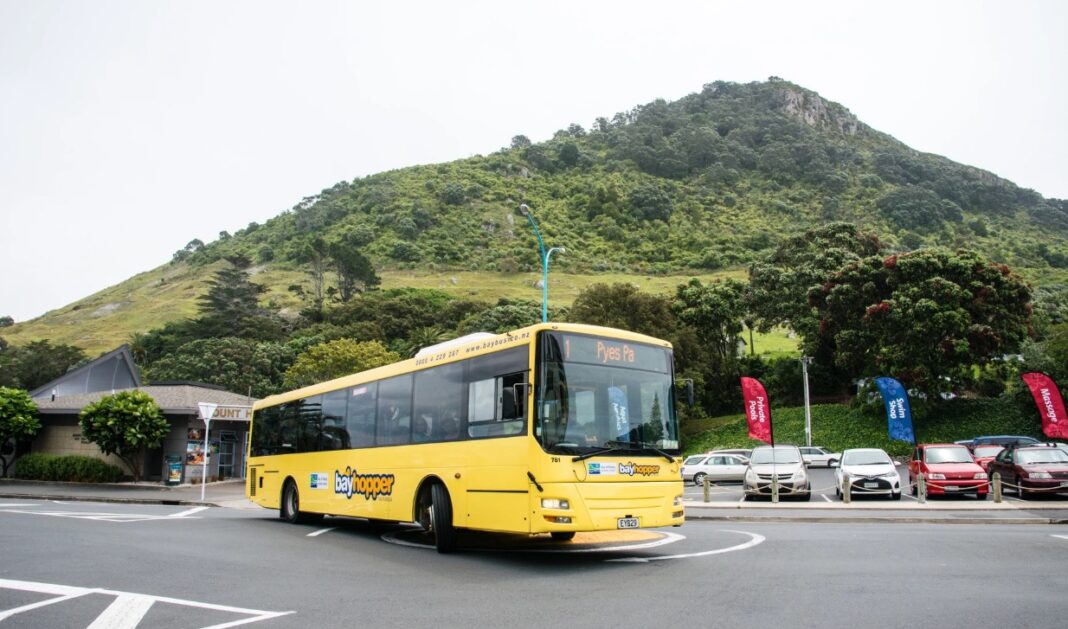It is no surprise that inefficient local bus services ranked high amongst the public complaints that emerged during this year’s local body elections.
The elections again registered a low voter turnout in the Bay of Plenty. This is nothing new in New Zealand where typically local body elections – despite their importance – seldom produce a voter turnout on the level of national elections.
Public bus transport in the Bay is organised by the Regional Bay of Plenty council, which contracts the drivers and organises the buses, with individual councils taking responsibility for maintaining the bus stops.
The Regional Council’s last meeting before the elections saw it approve – with reluctance on the part of some councillors – an ambitious plan that included a target to lift mode shift in Tauranga and Rotorua for car commuters to public transport by 20 per cent by 2032. Though a commendable aim, it seems to me rather unlikely that this target is achievable.
Regional Councillor (and ex Tauranga City mayor) Stuart Crosby noted: “There are systemic failures still in getting more people on to buses. That’s not a criticism of the [regional council’s] Public Transport Committee, it’s a New Zealand-wide issue in my view.”
I was fortunate enough in my younger days to spend several years living and working in Hong Kong. At the time, its population of several million was condensed into a 1000 sq km territory; The population has since expanded – the size of the place has not. It remains one of the most densely populated cities in the world.
As a consequence of its population density, it was by far the best-served by public transport of any city I have ever lived in around the world.
A variety of transport options
The land transport in Hong Kong includes relatively cheap taxis, MTR (Mass Transit Railway), (KCR) (Kowloon Transit Railway), buses, minibuses, and a CBD tramway (remember trams?).
Despite the inevitable population congestion, which could sometimes make walking a challenge, it was a very easy city to get around at virtually any time of the day or night. Again, a result of congestion.
As noted, there is a comprehensive and quite cheap bus service in Hong Kong. But more significantly, the city was well-served by vast numbers of 16-seat minibuses.
These were especially helpful if you knew more or less where you were going and when to get off.
Green minibuses tended to ply fixed routes. My wife used them to take our daughter to and from school.
Red minibuses acted rather more like taxis, and responded to passenger demands on basic route variations.
There are systemic failures still in getting more people on to buses.
I have been struck by how often criticism of buses in the Bay of Plenty has centred on the fact that there appear to be large numbers of empty or near empty buses patrolling the streets.
My daughter, who is an online university student, has recently taken up a part-time job in the fast-food industry. Inevitably this has resulted in a degree of dropping off and picking up, at both her work and at bus stops.
She speaks highly of the basic timeliness of the service she uses. But she has also noted that in the past couple of months, she has never been short of a bus seat. And more commonly, the buses she took were virtually empty.
It is good to hear the Regional Council has plans to hire more bus drivers. But could I suggest that first of all we trial getting more people onto smaller and more frequent buses that cover a wider area and are more convenient.
My experience suggests that the council is more likely to raise passenger numbers this way.
Related: Long live the King












